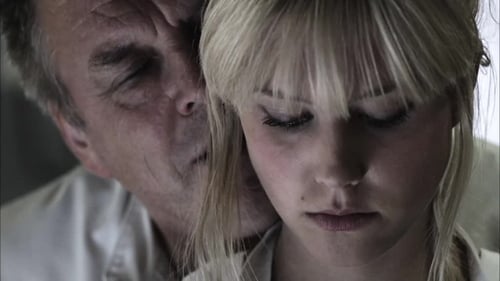
Director
Belle, a young girl is growing up amid the ruins of a long forgotten event. Her playful character and young innocent love for her boyfriend Max become stained by a nonverbal tension that envelops her life step by step. The death of her aunt, whom she lives with, unleashes memories which entangle her in complex, unspoken feelings. When her estranged mother unexpectedly returns, there is no way back.

Director
A young woman is awakened to a world of cruelty, shadowy passions and sensuality.

Director of Photography
An impressionistic experimental drama. A woman walks a fine line between sanity and madness in a world of constant twilight. She works at a filling station and lives a life of emotional isolation. No one seems to pay attention to her, and she lives in a run-down flat that looks as if it's decaying before our eyes. As the woman wrestles with the demons that are taking hold within her mind, she frequently confronts herself in the mirror, often while naked.

Director
An impressionistic experimental drama. A woman walks a fine line between sanity and madness in a world of constant twilight. She works at a filling station and lives a life of emotional isolation. No one seems to pay attention to her, and she lives in a run-down flat that looks as if it's decaying before our eyes. As the woman wrestles with the demons that are taking hold within her mind, she frequently confronts herself in the mirror, often while naked.

Director
Leon Mortier, a wealthy publisher, whilst driving through the forest one day, stops when he sees Lulu walking down the long narrow road. She gets into the car. Leon is amused and intrigued by her. When he pulls off, suddenly out of nowhere a man appears in front of the car and Leon accidentally hits him. He decides to take them both home to recover. Leon falls madly in love with Lulu. Both Lulu and the man stay on with him in the house. Lulu's behavior is unpredictable. Leon becomes suspicious and paranoid about her. As he begins to suspect that his friends are being unfaithful with Lulu, he decides to throw a dinner party with some of his closest friends. During the dinner he wants to confront them with their infidelity and expel them all from his life with Lulu. But when he discovers his son in the arms of Lulu, he decides also to get rid of her, a plan which backfires in a most unexpected way.

Writer
El protagonista, Severin von Kusiemski, cuenta la historia de su relación con Wanda von Dunajew, al narrador de la historia, después de que éste a su vez le contara su conversación en sueños con una Venus cubierta de pieles, posiblemente inspirada por el cuadro colgado en el despacho de Severin, que retrata a ésta Venus y su sirviente. Severin cuenta como se había enamorado de una mujer, Wanda von Dunajew, a la que extorsiona para conseguir que le trate como su esclavo, en formas cada vez más humillantes.

Director
El protagonista, Severin von Kusiemski, cuenta la historia de su relación con Wanda von Dunajew, al narrador de la historia, después de que éste a su vez le contara su conversación en sueños con una Venus cubierta de pieles, posiblemente inspirada por el cuadro colgado en el despacho de Severin, que retrata a ésta Venus y su sirviente. Severin cuenta como se había enamorado de una mujer, Wanda von Dunajew, a la que extorsiona para conseguir que le trate como su esclavo, en formas cada vez más humillantes.

Director
Armando has utilized symbols and metaphors of strength: flags and trees are depicted almost abstractly. This is not so surprising, coming from an artist who has lived in Berlin since 1979, a city inextricably bound up with WW II. Armando has always been fascinated by this period in history, that has determined his youth, and he is directly inspired by the history of Berlin. By showing documentary pictures of the war, the camera shoots the landscapes of Armando's paintings and the ideas behind them. The film records the construction of an immense flag, made of grey clay, and shows its function through authentic images. Armando expresses his interpretations of the past in an aesthetic way. Armando is a portrait of an engaged person, a film as he himself probably would have made it: associative, personal, but also aloof, as an interpretation of a period of time.






